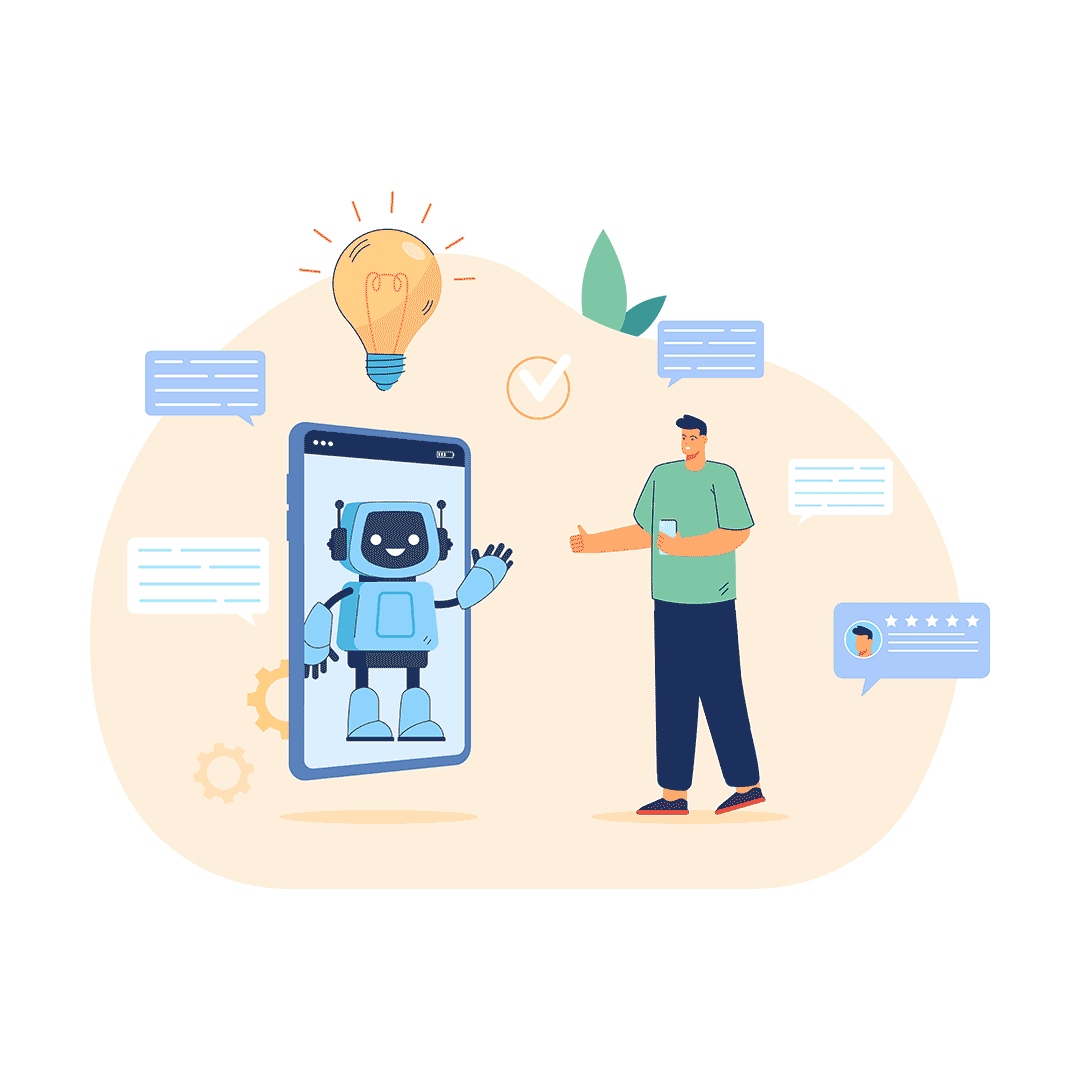What “AI-First” Marketing Actually Looks Like in 2025
TL;DR: Everyone talks about AI-first marketing, but few actually do it. In this guide, I break down what it means, what tools belong in your stack, and how to adapt your workflow if you’re a small business or solo marketer.
AI-first marketing is one of those phrases that’s been hijacked by press releases and pitch decks. But what does it actually mean in day-to-day campaigns?
I’m Can — a full-stack marketer who works with all sizes of businesses and startups always aiming to do more with less. In this post, I want to show you what AI-first looks like in practice.
Not conceptually. Not in slides. But in the way you plan, build, launch, and optimize campaigns.
🤖 So, What Is AI-First Marketing?
It means your default approach to a campaign, strategy, or workflow assumes that:
- Machine learning tools will be involved in decision-making
- You design systems to feed the AI better signals, not just follow human intuition
- You prioritize tools that learn over time and can improve outcomes semi-autonomously
Think of it like this:
Traditional: “We launch a campaign and check back next week.” AI-first: “We feed the platform structured signals, track conversions hourly, and test multiple versions from the start.”
AI-first is not about ChatGPT writing your captions. It’s about engineering marketing systems that improve without human intervention.
⚙️ What Does an AI-First Stack Look Like?
You don’t need 17 tools or $50k/month in spend. Here’s what I’d recommend for small teams or solopreneurs:
1. Ad Platform With Built-In ML
- Meta Advantage+ (FB/IG)
- Google Performance Max
- TikTok Smart Performance Campaigns
Why it matters: These systems optimize targeting based on pixel/event data, not audience guesses.
2. Analytics Stack That Closes the Loop
- GA4 with custom event mapping
- UTM tracking across campaigns
- Enhanced conversions or offline conversions synced
Why it matters: AI can’t optimize if your data is broken or partial.
3. Prompt-Driven Creative Workflow
- ChatGPT + Midjourney or Canva + Voiceflow
- Use prompts to create multiple copy/visual variants quickly
Why it matters: You’re feeding the machine choice, not just “one idea and hope.”
📆 A Day in the Life of an AI-First Marketer
Here’s a snapshot of how workflows change:
| Task | Traditional | AI-First |
|---|---|---|
| Ad Copy | Written manually | 5 variations generated & tested via LLM |
| Creative | One image/video | 3 hooks tested using text-to-image prompt |
| Targeting | Manual segments | Smart lookalikes + pixel-based targeting |
| Reporting | Weekly review | Daily tracking + automated insights |
| Scaling | Increase budget | Auto-bid scaling based on performance |
🚀 Real Use Cases (Small Business Edition)
1. Local Clinic using Meta Advantage+
- Switched from interest-based targeting to AI-optimized
- Combined with event-based retargeting = 43% lower CPA
2. E-commerce Boutique with Performance Max
- Used Merchant Center feed + product labels
- Trained campaign to optimize toward returning customers
3. Freelance Coach using GPT + TikTok
- Generated niche-specific headlines & short-form scripts
- Created 3 months of video content in a weekend
🔧 Building an AI-First Workflow (Your Turn)
If you want to shift to AI-first marketing, here are 5 small things you can do this week:
- Add UTMs to all outbound links (train your data)
- Install your Meta/GA4/TikTok pixels and verify with Tag Assistant
- Create 3 ad copy variants with ChatGPT
- Try 1 AI-optimized campaign (Adv+, PMax, Smart Campaign)
- Set up a weekly 15-min performance review
🧰 Final Thoughts
Being AI-first doesn’t mean replacing your strategy with software. It means building systems that get better as they run.
If you’re managing campaigns solo, this is the best way to scale your impact without burning out.
If you’re looking for help building your first AI-first campaign stack, don’t hesitate to get in touch.
